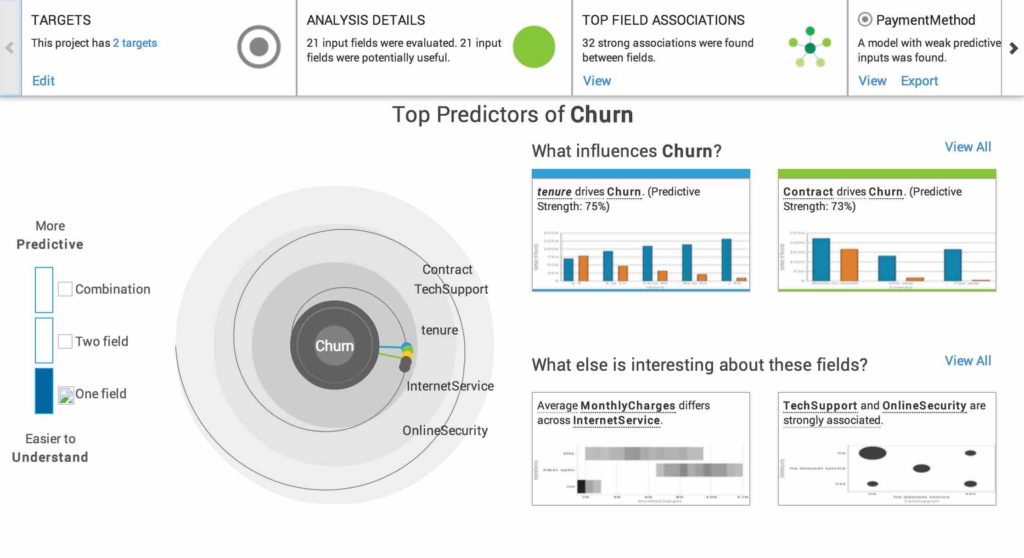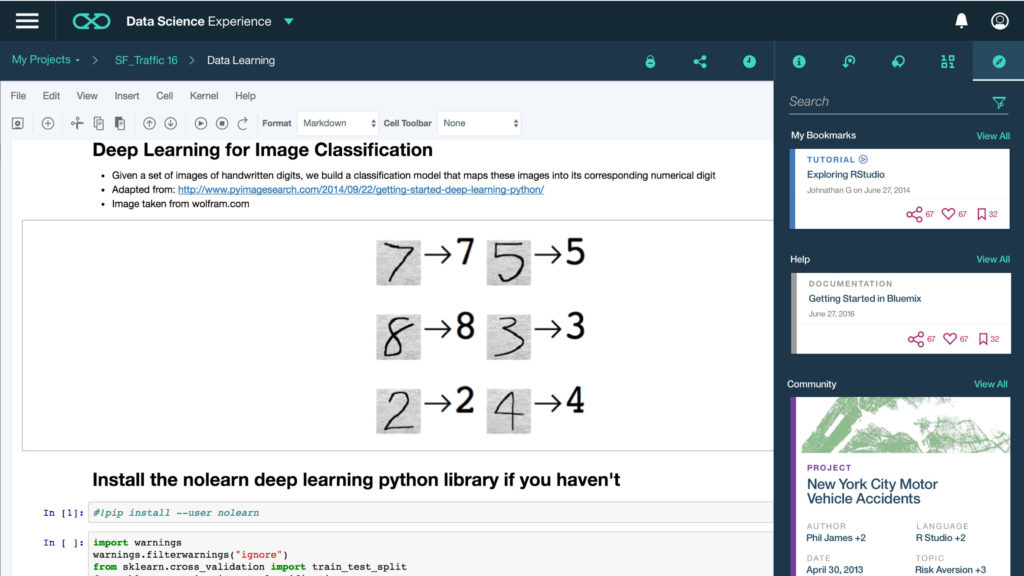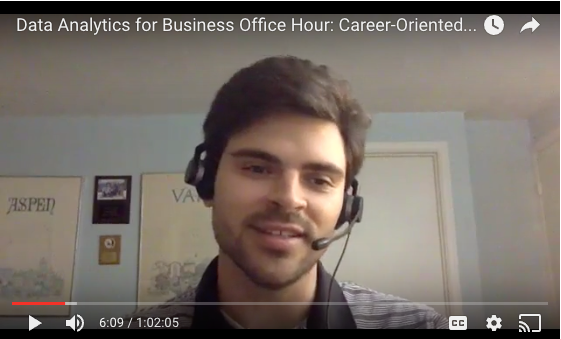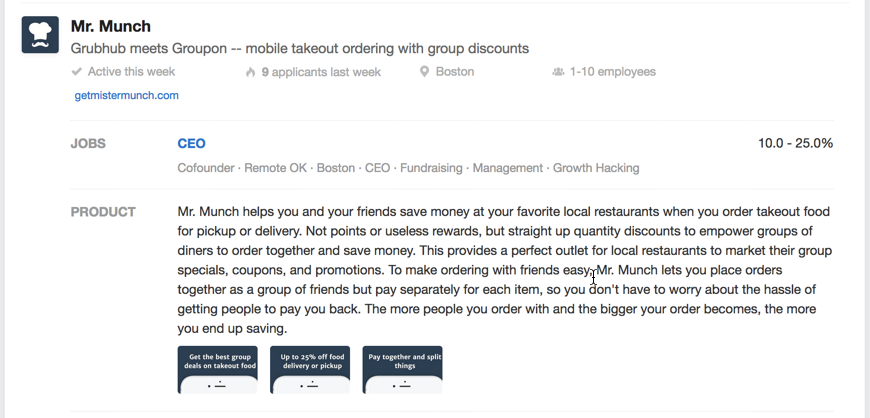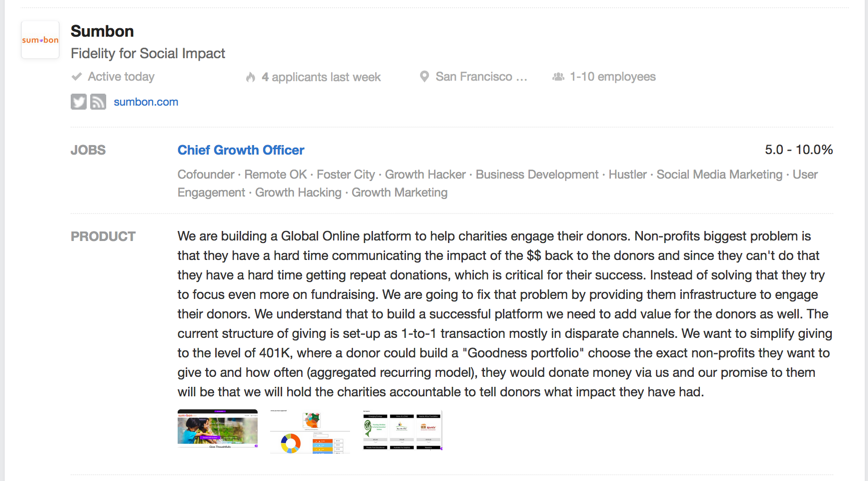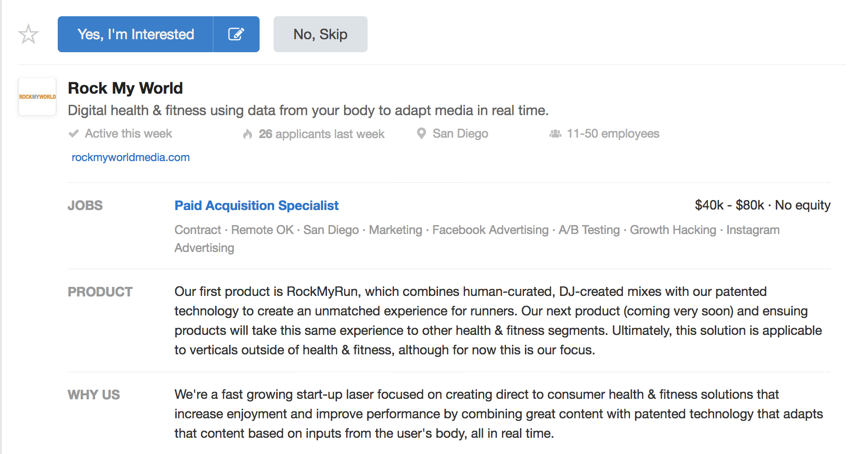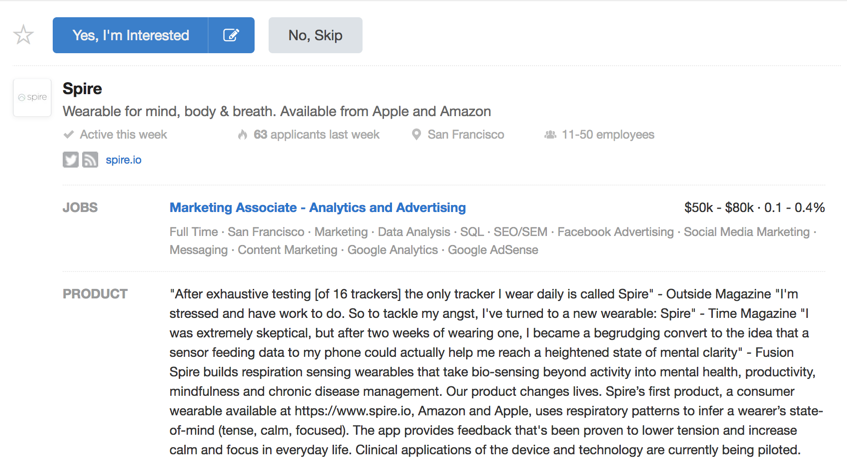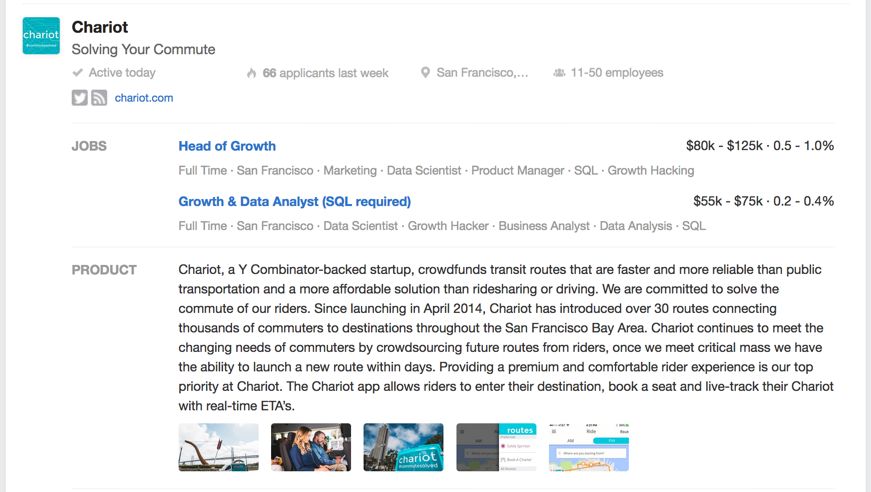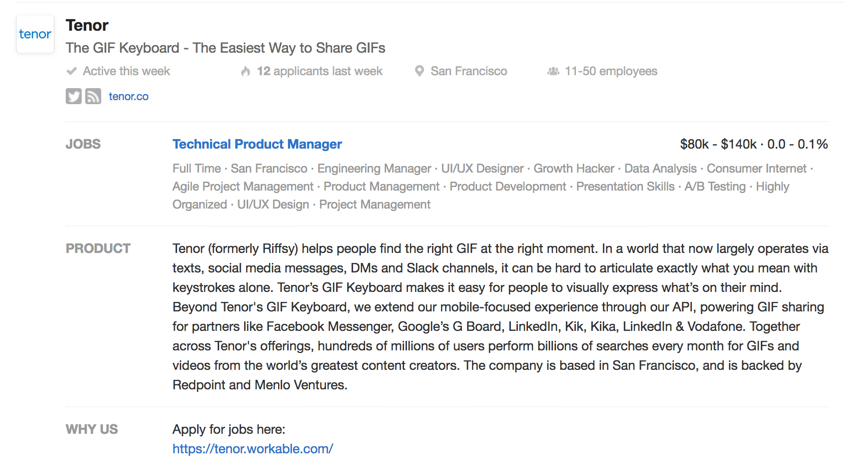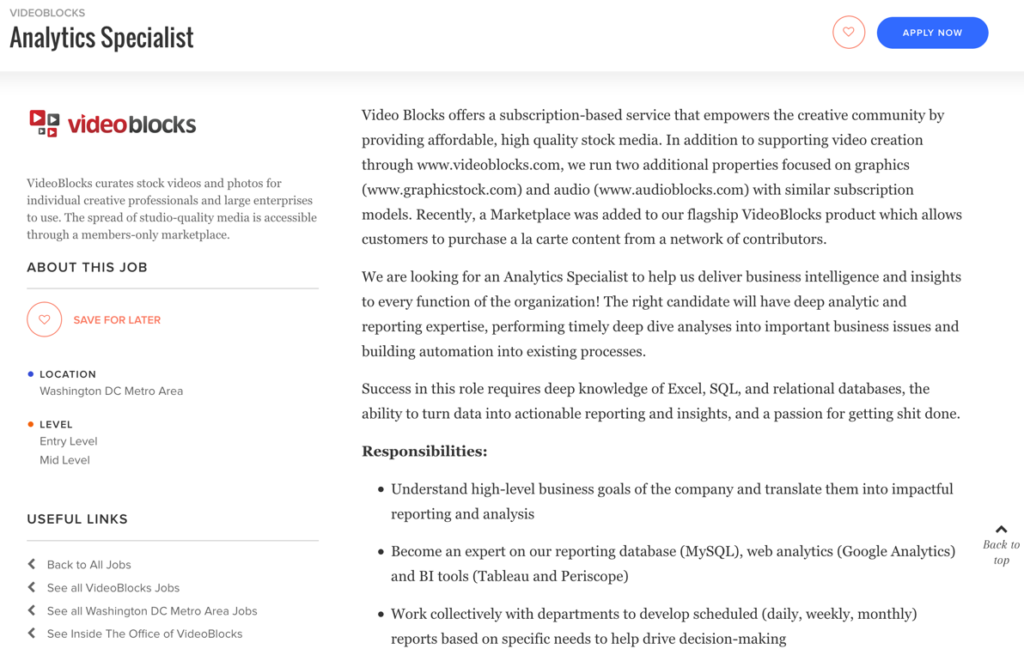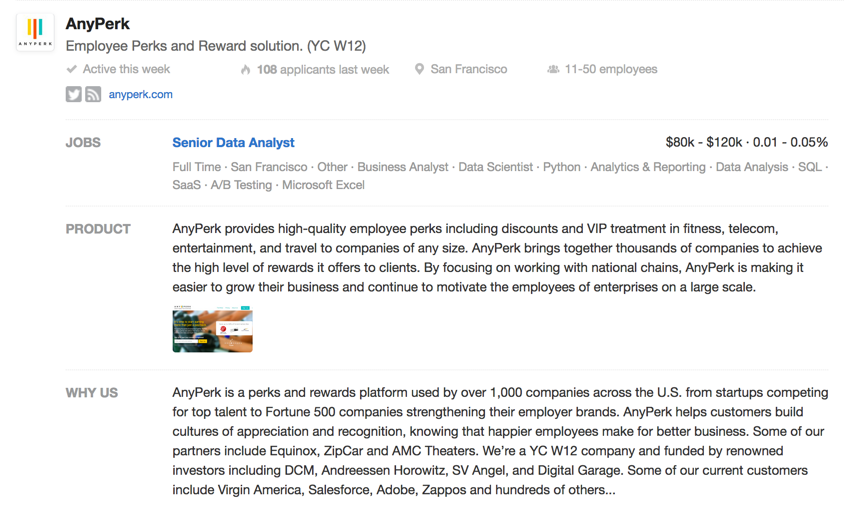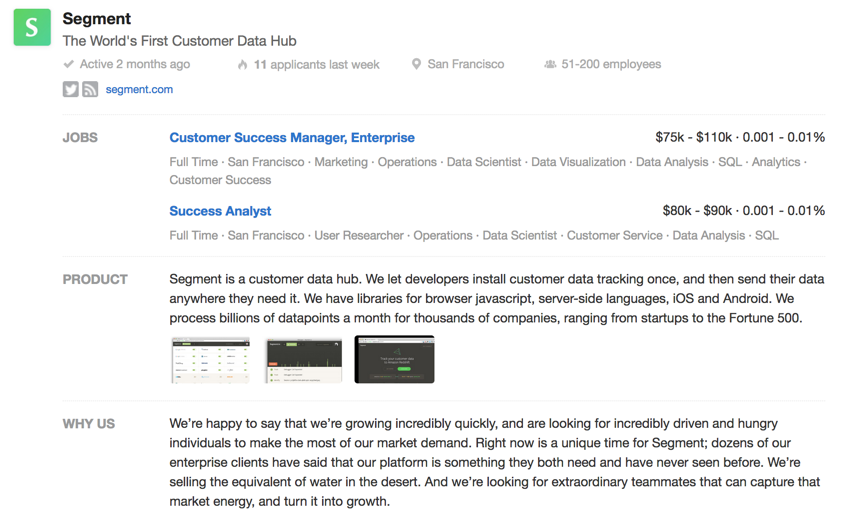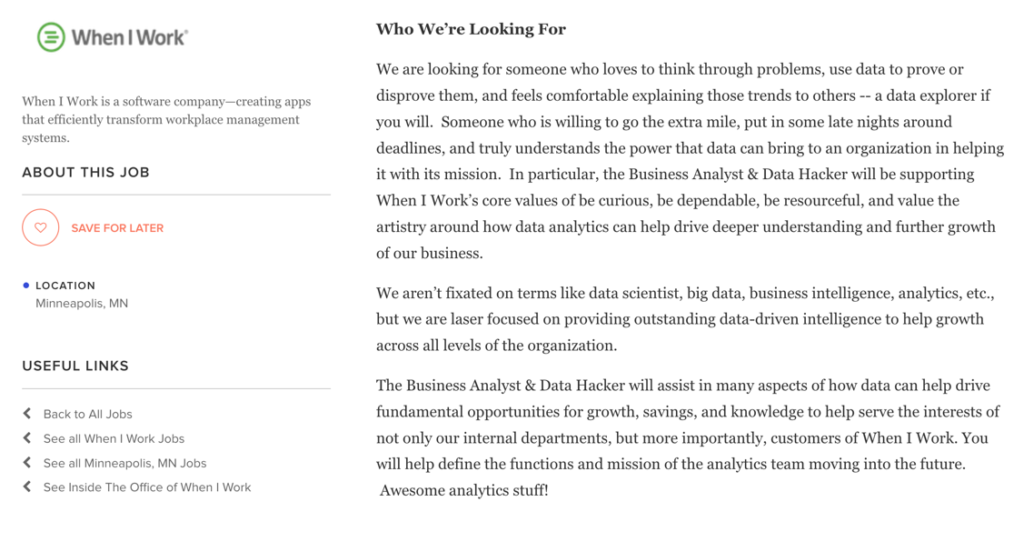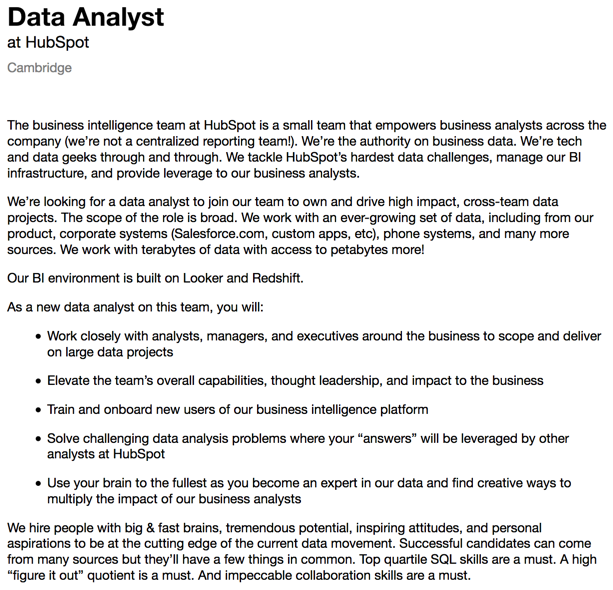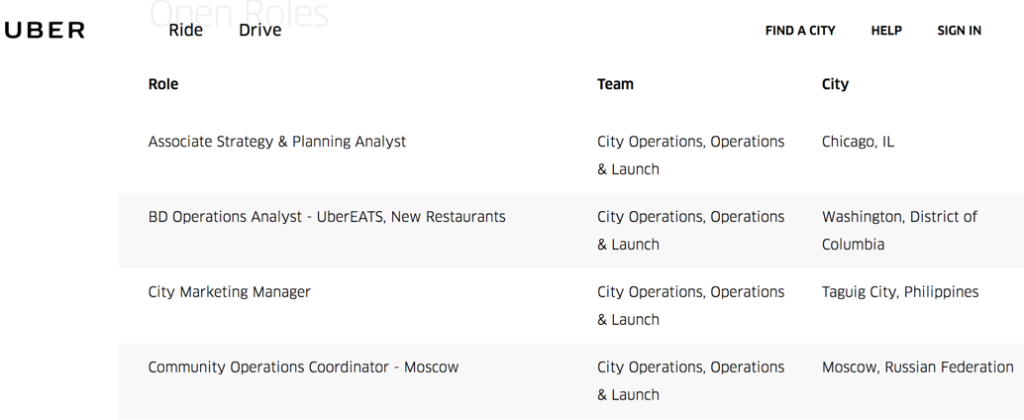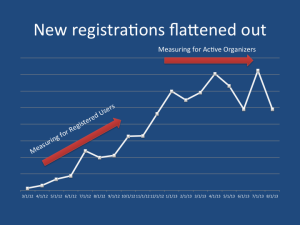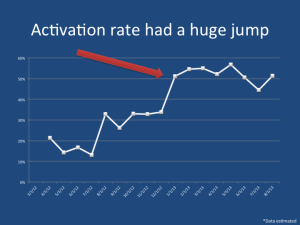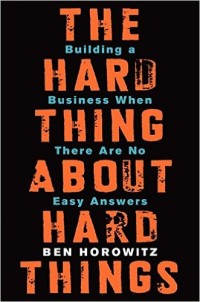This month, I stepped back from my full time role as Head of Analytics at Sestra to explore other opportunities. I’ve had more time to reflect on my goals, and I hope that this post might inspire you to take some similar steps!
Reflection 1 – Take time to reflect (how meta).
I’m the type of person who throws myself into whatever I’m working on – my job, a side project, flag football, or a new video game. I’m also incredibly future-oriented and it’s important to me to feel like I’m working towards something. It’s hard for me to check out and enjoy some down-time.
Luckily, my wife’s family lives in a peaceful, rural area, and whenever we visit, it’s great to just sit back and take in the moment. The view here is always beautiful, but this year it’s especially awesome. It’s hard to see, but in the tree in front, there’s an oriole nest (like the Baltimore Orioles!). I’d never seen one of them in person, let alone in such a beautiful setting. I didn’t have my DSLR with me, but they’re extremely pretty birds!

By intentionally setting aside time to relax and reflect, I gave myself the space to make tangible changes. I’ve had some of these ideas for a while, but without pausing my busy life to work through them, they were just theories. Turning those ideas into actions required me to step back from my projects and, yes, stare out the window for a little while.
What ideas do you have that could become actions with focused reflection?
Reflection 2 – Make good habits easier than bad habits.
I enjoy video games and I’m pretty good at them. Unfortunately, the same personality trait that has served me so well in my career – the ability to get completely absorbed in a task or project – can take my gaming from a pleasant outlet to a bad habit. How many hours have I sunk into gaming that could have been directed towards a project? More than I’d care to say. Even the act of writing this post is making me think back to the last time I went on a real video game hiatus, and how much of a difference it seemed to make in my ability to string together days of writing, exercise, and similar activities.

How can I improve? I could set aside an hour a day for gaming and try to stick to that, but I’m not very successful with that type of strategy. I’d rather just avoid buying the carton of mint chocolate chip once than have to avoid it every time I open the freezer.
So I went with a more drastic measure. As I was in the middle of writing this post, I uninstalled Hearthstone (my current game of choice) from my laptop and phone. It’s not a total barrier, but if I get tempted to play again, I have the ten minutes of installation time to reconsider.
I know I won’t stay away from video games forever – and I don’t want to, either. On the last Smart Passive Income Podcast I listened to, the guest discussed having a distractions device with all your games and social media, so that you can take those distractions off your main device. That seems like a reasonable idea for whenever I decide to ease back into video games.
*Note from 4 days later* This single moment of strong decision making has 100% enabled me to finish this post. I’m certain the time I’ve taken to edit and rewrite would have gotten buried under many rounds of Hearthstone, if it was still installed.
Reflection 3 – Habits are easiest to alter in times of other change.
Remember when the word “inbox” called to mind the image of a tray on your desk that you actually emptied from time-to-time? Well, I don’t either, but I understand that’s how it used to work. When I started writing this post, I had almost 8,000 emails in my inbox. I have long dreamed of returning to the nirvana-like state of Inbox Zero, but I knew I was never going to be able to work my way through all of these messages.
So, I declared inbox bankruptcy. Remembering that habits are easiest to break or form during times of change, now is the perfect time for me to reset! With my job transition happening, I have the opportunity to start fresh and redevelop some of my good habits that have slipped over the past few years. One of those is offloading some of the cognitive drain caused by to-do tasks sitting in my inbox in the form of thousands of emails.

*Note from 4 days later* – Still going strong! I’ve been able to batch actions and then archive emails that come in and maintain the cleaner inbox.
Reflection 4 – Managing your energy helps accomplish more
Work-life balance is more about weaving together my passions at work and time spent on other pursuits than partitioning “day job” from “rest of life”. The same SPI podcast I mentioned earlier also talks about managing your energy, which means you need to know when you’re most and least productive and design your schedule accordingly.
Ever since college, I’ve known that one of my most effective work periods is in the evening after dinner. Last night I came back from on-site time with a client, ate dinner and walked with my wife and dog, napped, and then accomplished a ton from 7:30 – 10. Generally, I’d checkout around 9pm if I was working in the evening, but when you’re in the flow, you just want to keep going!

When a job boxes you into 9-6 (or expects 9am-9pm), there’s a lot of dead time in there because you’re forced to work at times when you’re just not that productive. When you can re-energize with a walk, nap, or your favorite TV show, you’re going to feel much more engaged during the time that you’re working. This another huge remote work/being your own boss perk, because I can take the time to keep my energy up and work efficiently. For example, since I know that writing requires high engagement, I schedule it during my more productive hours. I’m hopeful that at some point writing will become less of a struggle to me and more of a relaxing pursuit, but for now, it’s still a high energy/concentration activity.
Sometimes finding your true north again means going to a physical and mental location where you can disengage from the day-to-day and reflect on your opportunities, values, and goals. Fort Valley is that place for me – I go there to relax and spend time in nature with family. I encourage you to find a time and place where you can do the same!







